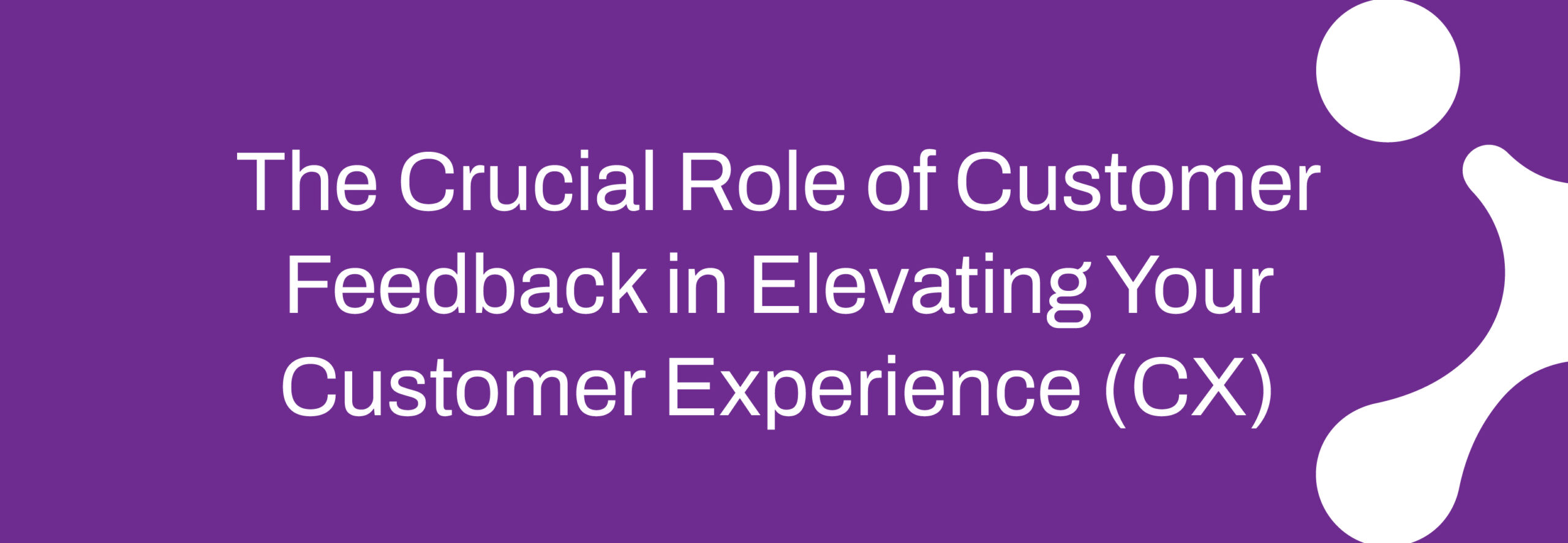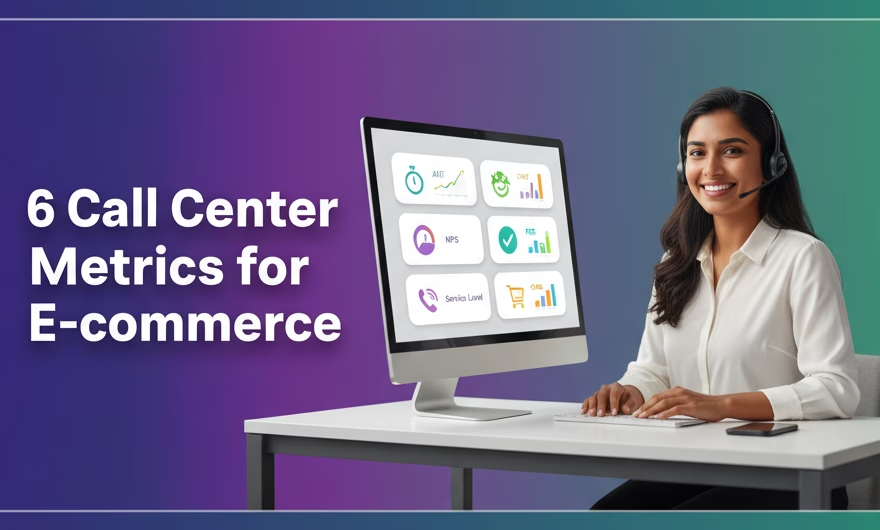An outbound call center is set up to proactively reach out to customers and prospects for purposes such as support, telesales, collections, renewals, and feedback. The goal is simple: connect with the right person at the right time with the right context—consistently and at scale—while maintaining compliance and a high-quality customer experience.
How to Connect More and Devise an Effective Outbound Calling Strategy
A high-performing outbound strategy blends the right dialing approach, clean data, adaptive pacing, and real-time agent management. Below are practical ways to optimize connects and outcomes without overwhelming your agents or risking compliance.
Process-Based Dialing Strategies
The dialing algorithm should be tailored to specific business requirements, such as reminding customers about installment payments, verifying deliveries, or following up on warm leads. Based on preset parameters, a predictive dialer uses historical inputs like average handling time, wrap time, and connect rates to estimate agent availability and place calls so agents get live conversations back-to-back—without excessive wait time or abandoned calls.
- Preview Dialing: Agents review the record before placing the call. Best for high-value, complex conversations (e.g., B2B sales, escalations) where preparation matters more than volume.
- Progressive/Power Dialing: Automatically dials the next record when an agent is ready. Ideal for moderate volumes where context is needed but you still want steady throughput.
- Predictive Dialing: Dials ahead of agent availability using statistical models to maximize talk time. Best for large, homogenous lists like collections, renewals, or simple sales pitches.
- Algorithm Tuning: Calibrate pacing based on live metrics (right-party connect rate, agent occupancy, abandonment). Tighten or loosen the dial rate dynamically to keep within policy limits and avoid long customer silences.
The system detects whether the call is answered by a human, rings out, hits a busy tone, or voicemail (answering machine detection). Calls are moved to agents only when answered by a live person, improving agent efficiency and contact rates. For edge cases, set graceful fallbacks—such as leaving a compliant voicemail drop or queuing a callback task—so no opportunity is wasted.
Data-Driven List Management
Outcome quality starts with list quality. Curate and prioritize who to call, how often, and when.
- Segmentation and Priority: Rank contacts by recency, intent, lifecycle stage, and propensity to convert or repay. Call your highest-value audience first and route them to your most skilled agents.
- Time Zone and Best-Time-to-Call: Respect local time zones and known “connect windows.” Use historical outcomes to discover when a segment tends to answer and schedule accordingly.
- Attempt Cadence: Define a cap on attempts per day/week and set cooling-off periods to reduce fatigue. Vary time-of-day across attempts to boost right-party connect rates.
- Recycling Logic: If a number goes unanswered repeatedly, reroute it to a different channel (SMS/email reminder) before trying again. Remove invalid numbers quickly to protect your caller reputation and agent time.
Answer Rate Optimization
Even the best dialer struggles if people don’t pick up. Improve answerability at the carrier and customer level.
- Caller ID Health: Monitor and maintain clean caller IDs. Register numbers, avoid high short-term call bursts, and retire numbers that risk being flagged. Consistent caller intent and reasonable pacing help reduce spam labeling.
- Branded Calling: Where supported, use branded caller ID or verified calling so recipients can see your business name and reason for calling—especially effective for reminders and appointments.
- Local Presence (Used Responsibly): Calling from local area codes can increase pickup rates, but apply transparently and ethically, and align with evolving regulations and carrier guidelines.
- Pre-Call Nudges: Send a brief SMS or email reminder for scheduled callbacks or appointments to prime the contact, then place the call within the expected window.
Compliance-First Calling Windows
A compliant outbound strategy protects your brand and improves long-term performance.
- Consent and Purpose: Call only those who have given valid consent for the stated purpose when required. Honor opt-outs immediately across all systems.
- Do Not Call (DNC): Scrub national, state, and internal DNC lists before each dialing session. Re-scrub regularly as lists update.
- Quiet Hours: Respect jurisdiction-specific calling hours and holiday rules. Enforce them automatically at the dialer level.
- Recording and Disclosures: Play mandatory announcements and capture consent where required. Keep recording and retention policies aligned with applicable laws.
- Abandonment Controls: Configure pacing so abandoned calls remain within allowed thresholds. Use recorded messages and rapid agent connect for any rare abandon events.
Real-Time Agent Availability and Routing
Agent readiness and routing discipline are central to consistent connects.
- Skill-Based Routing: Map lists to agent skills and languages. Route VIP or sensitive conversations to senior agents; use specialized queues for collections, renewals, or technical callbacks.
- Call Blending: When inbound peaks, temporarily lower outbound pacing; during lulls, increase it. Maintain service levels without overloading your team.
- Smart Callbacks: Offer and schedule callbacks from missed or abandoned attempts. Respect the customer’s chosen time window and surface context to the assigned agent.
Scripting, Coaching, and QA Built Into the Flow
Great conversations are consistent, compliant, and contextual.
- Guided Scripts: Use dynamic prompts that adapt to customer responses, segment, and stage. Keep openings concise, articulate value early, and confirm identity compliantly for sensitive use cases.
- Disposition Codes: Standardize outcomes—e.g., right-party connect, promise to pay, call back later, wrong number—so the dialer can react intelligently on the next attempt.
- Live Coaching: Enable whisper/barge and in-line feedback for new agents. Pair this with post-call QA reviews to reinforce best practices quickly.
KPIs That Tighten Your Feedback Loop
Measure what matters and feed it back into the dialer and playbooks.
- Contact Rate: Percent of dialed calls answered by anyone.
- Right-Party Connect (RPC): Percent of dials that reach the intended person.
- Conversion/Resolution Rate: Percent of RPCs that achieve the target outcome (sale, payment, appointment confirmation).
- Agent Occupancy and Productivity: Balance talk, hold, and wrap times to avoid burnout and idle time.
- Speed to Lead: Time from lead creation to first attempt; faster outreach typically increases success on warm leads.
- Abandon/Drop Rate: Monitor closely and keep within your policy limits; adjust pacing or staffing to correct trends.
- Cost per Outcome: Tie channel, list source, and team performance directly to cost per conversion or collection.
Technology Essentials for Scale and Reliability
Outbound performance depends on a robust, integrated stack and carrier-grade delivery. Ameyo by Exotel’s outbound capabilities exemplify the following best practices:
- CRM and Policy Sync: Bi-directional sync ensures fresh consent status, segmentation, and dispositions flow in real time. The dialer should never call outside allowed windows or to opted-out numbers.
- Workforce Forecasting Inputs: Feed agent schedules and expected handle times into the dialer to calibrate pacing. As staffing changes, pacing adjusts automatically.
- Answering Machine Detection Tuning: Balance detection accuracy with customer experience. For sensitive campaigns, prefer conservative AMD with safe fallbacks (voicemail drop or scheduled callback).
- Number Management: Centralize purchasing, registration, health monitoring, and rotation of caller IDs. Retire or cool down numbers that show signs of labeling.
- High Availability and Failover: Ensure uptime and call quality through redundant routes, real-time quality monitoring, and automatic failover to preserve campaign momentum.
Omnichannel Touches That Support Calling
Use non-intrusive channels to warm up or follow through on calls without diluting your focus on voice.
- Pre- and Post-Call Messaging: Send concise reminders before scheduled calls and confirmations or summaries afterward to reinforce next steps.
- No-Answer Paths: After a set number of no answers, switch to SMS or email to offer a self-serve action or to book a callback at a convenient time.
- Channel Handoff: If a customer replies on another channel, pause dialing automatically to avoid duplication and maintain a coherent conversation.
Putting It All Together
An effective outbound calling strategy revolves around matching your dialing mode to the use case, protecting answer rates through clean caller IDs and clear brand presentation, enforcing compliance at the platform level, and continuously tuning pacing and workflows from KPI feedback. Predictive dialing and accurate detection help minimize idle time, while skills-based routing, guided scripts, and strong QA make every connection count. With disciplined list management, respectful cadences, and thoughtful omnichannel support, your teams will spend more time in live, productive conversations and less time chasing unanswered calls—driving higher conversions, collections, and customer satisfaction at scale.




